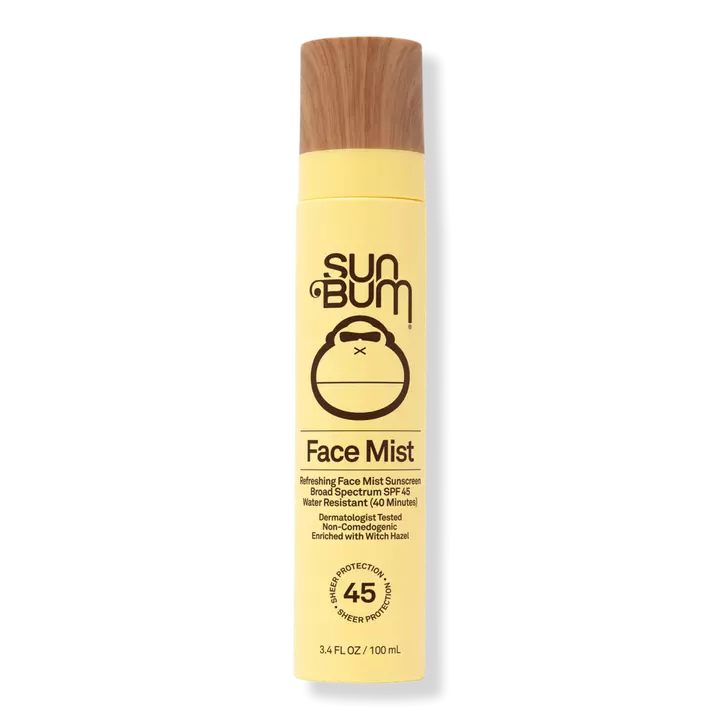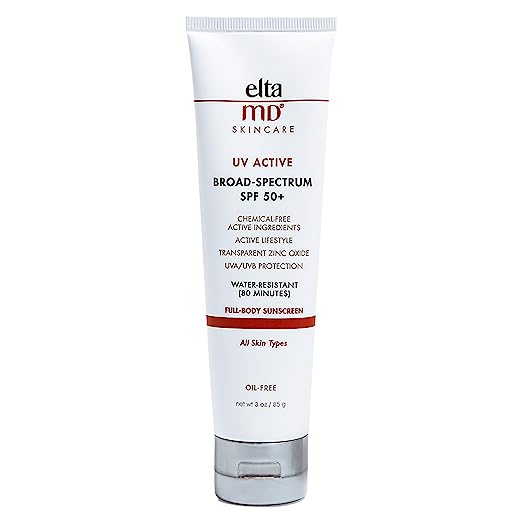A Dermatologist Just Set Me Straight On Wearing SPF In Fall & Winter
Do you need to wear SPF in fall and winter?
Do you need to wear SPF if you’re not going outside?
What are the skincare benefits of wearing SPF all year round?
Should everyone wear sunscreen in winter?
What is the best sunscreen for fall and winter?
Dr. Rattan suggests choosing a high factor, “broad spectrum” sunscreen, which provides protection against both UVA and UVB rays. She recommends looking at the protection grade level of your sunscreen, too. A PA++++ label ensures over 95% protection from UV radiation. Try Murad City Skin Age Defense Face Sunscreen Broad Spectrum SPF 50 PA++++, Bioré UV Aqua Rich SPF 50 Moisturizing Sunscreen, or Shiseido Ultimate Sun Protector Lotion SPF 50+ Sunscreen.
How much sunscreen should you be using in fall and winter?
@annaytime Livin that 3 finger life all day every day #beautyreview #sunscreen #spf #sunscreen101 #skincaretips #beautytips #skincaretip #beautytip #sunscreenuse ♬ pastel skies - Rook1e



















